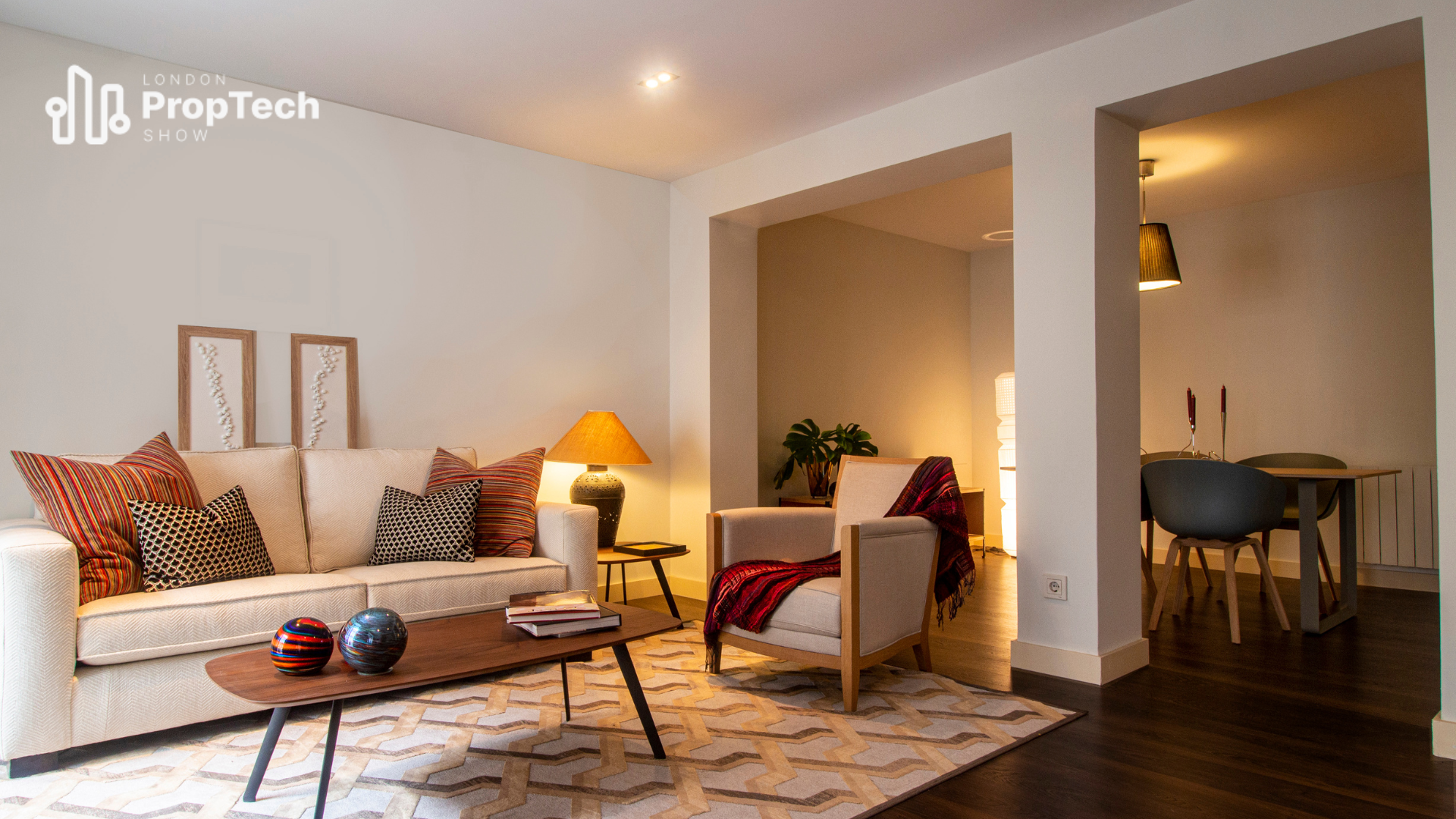United Kingdom, April 23, 2025: According to the European Investor Living Survey 2025 by Cushman & Wakefield, the European living sector, encompassing residential, student accommodation, and co-living assets, is showing signs of recovery in 2025 following a challenging 2024. Despite a difficult year marked by gradual market repricing, muted investment activity, elevated interest rates, and high construction costs, the survey indicates that conditions are aligning for a sector rebound. The living sector, which accounted for approximately 23% of total European commercial real estate investment volumes last year, continues to solidify its central role in the market.
Investor confidence is on the rise, with 80% of respondents anticipating an increase in their investments in the living sector over the next five years. Purpose Built Student Accommodation (PBSA) has emerged as a key focus, with 75% of investors planning to increase exposure over the next three years, and nearly half expecting PBSA to be the top-performing segment in 2025. Co-living is also gaining traction as the fastest-growing segment, with 44% of respondents planning to invest by 2028, up from 33% currently. Successful schemes, such as Folk’s Sunday Mills in Earlsfield and Dandi’s Wembley Park development, underscore this optimism, having achieved strong lease-up rates and rental growth.
Geographically, the UK, Spain, and Germany remain the top markets for investors in 2025, with Spain overtaking Germany as the second most favoured market. Deal structures such as forward commitments, stabilised stock, and joint ventures are the most attractive, with forward commitments seeing a notable rise in preference (29% in 2025 versus 18% in 2024). Economic sentiment is also improving, with 31% of investors expecting the European economy to strengthen, up from 12% in 2024, though uncertainty persists. Interest rate expectations are optimistic, with 52% of respondents anticipating a decline of up to 0.5% and 46% expecting cuts of up to 1.5%. Consequently, just over half of investors predict prime living yields will fall by up to 0.5% in 2025 due to the lower interest rate environment.
Sustainability is a growing priority, with over 70% of investors viewing it as a key objective and more than half willing to pay a premium for assets with strong sustainability characteristics. However, only 46% noted sustainability as a key factor for tenants. Challenges remain, with the mismatch between buyer and seller expectations cited as the most pressing concern, followed by political and regulatory uncertainty (noted by nearly one-fifth of respondents) and development viability (17%). Concerns over debt costs have significantly eased, with only 4% of respondents now viewing it as a major barrier.
The survey highlights the living sector’s resilience and long-term appeal, driven by its stability, diversification benefits, and strong growth potential linked to demographic changes and supply-demand imbalances. In the survey one of the respondents stated, “The living sector has steadily gained in popularity over the past decade as the market has evolved and as investors have recognised the stability and diversification offered by the sector.”
With investors planning to expand allocations across a broader range of segments, the European living sector is well-positioned for continued growth and evolution in the years ahead.


